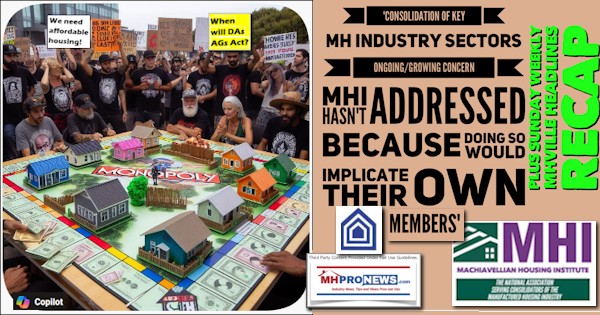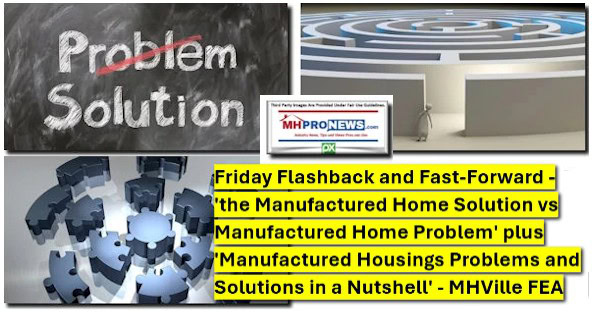
As Urban Land Magazine reports, manufactured homes (MH) are more affordable than single-family site-built homes or apartments. The U. S. Census Bureau says the average sales price of an MH (net of Land) in 2013 was $64,000, with an average size of 1,470 square feet, and costing $43.54 a square foot. The average size of a site-built home sans land in 2013 was 2,662 at a cost per square foot of $93.70.
They noted that the development of new communities is constrained by the public’s poor perception of MH and also because MH is treated in an MHC as personal property instead of real property, therefore generating less tax revenue than traditional homes. This in turn has led to the expansion of REITs through acquisitions, fed by low interest rates and available financing. As MHProNews has reported most recently, Fannie Mae is a large source for MHC lending.
REITs own the infrastructure, shared amenities and the home sites they then lease to owners of manufactured homes, and sometimes have programs to sell homes to residents as well as rent homes. The high cost of moving an MH results in low turnover and high occupancy in the communities.
Equity LifeStyle Properties, the largest REIT in the sector with 340 communities (including those with RVs), beat analysts expectations in Q2 2015, and saw its funds from operations (FFO) gain 11 percent, $0.07 per share, over the same period last year.
Sun Communities is the second largest REIT in the sector. It recently acquired a 59 community portfolio from American Land Lease, expanding its presence in Florida.
While UMH Properties, Inc.–the smallest of these 3 REITs–has invested heavily in MHCs in the energy drilling areas in the Utica and Marcellus Shale Regions, raising some eyebrows because of the drop in oil prices. But they correctly respond with the powerful facts that they’ve added nearly five percent to its number of home sites and its stock price has increased 5.9 percent this year.
The lower cost of MH, demographic trends and barriers to over-building favor the MH REIT sector as an investment. ##
(Graphic credit: Urban Land Magazine)


























